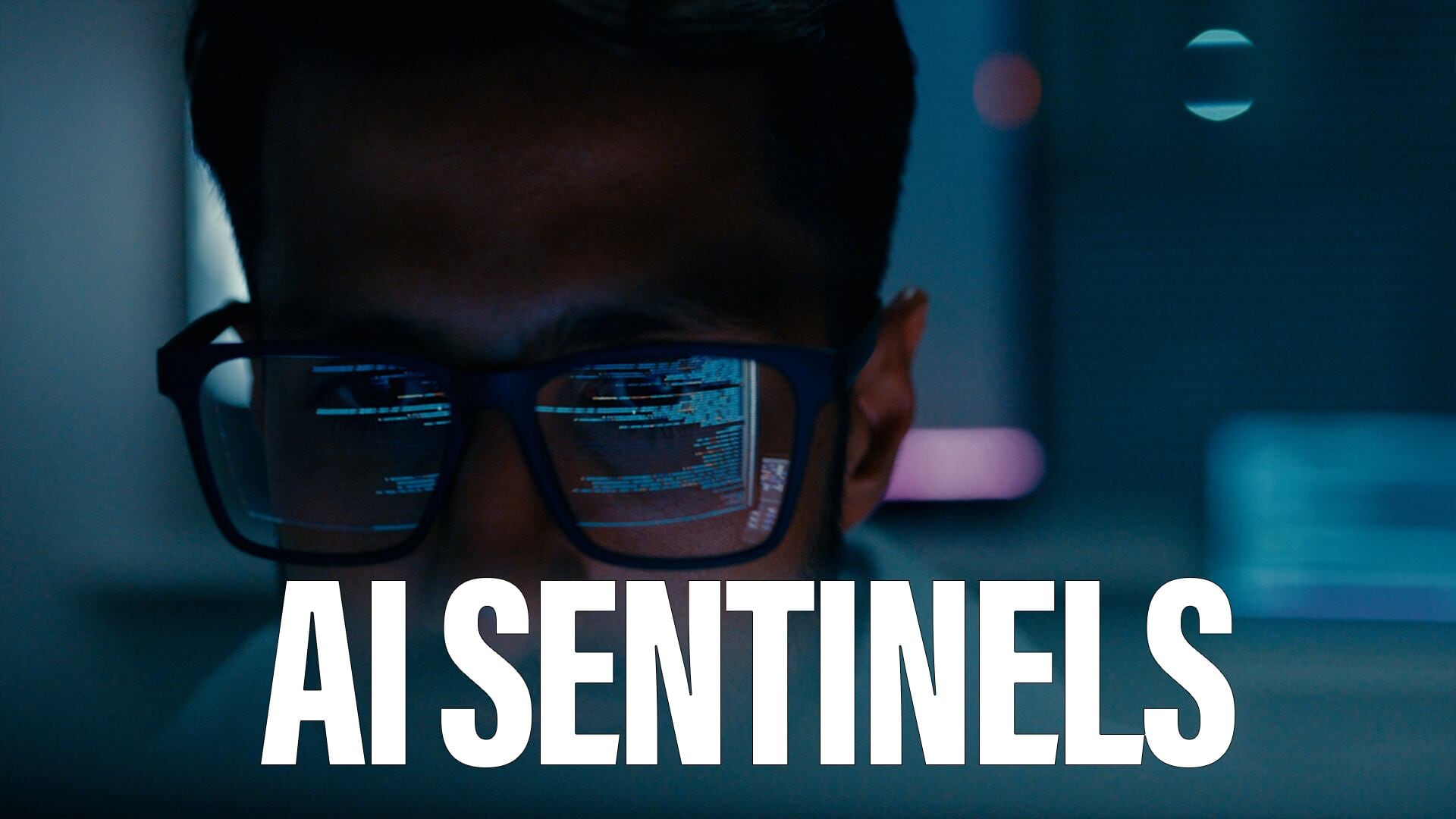Last spring at the Army’s fourth Project Convergence capstone event, the service and its partners proved they could integrate data from multiple web-based applications into a common user environment.
The event — one of the Army’s premier experimentation series — brought together the U.S. military services and international partners like Australia and the United Kingdom to test new software, connectivity tools and user interfaces.
The results were unprecedented, according to Army officials, who said the experiment demonstrated the ability to share vast amounts of data at previously unheard-of rates.
But for all its success, the exercise lacked an important dose of realism: a degraded network.
“We ran it on a network that was essentially pristine and was not representative of what would maybe be in the field, an austere environment,” Joseph Welch, acting deputy to the commanding general of Army Futures Command, told Defense News in a recent interview.
Through a series of experiments this summer and fall known as NetModX, the Army sought to wring out some of those capabilities in conditions that posed a greater challenge to its network operations. This year’s exercise was hosted at Joint Base McGuire-Dix-Lakehurst near New Jersey’s Pine Barrens, where connectivity is easily thwarted by rolling hills and thick tree lines.
Starting in July, the Army’s C5ISR Center — short for command, control, communications, computers, cyber and intelligence, surveillance and reconnaissance — posted up at the base for more than three months. Leading up to the event, the center invited scientists, engineers and industry to propose lab-developed capabilities that they wanted to test in a real-world environment.
Seth Spoenlein, assistant director for systems integration at the C5ISR Center, told Defense News during a visit to NetModX in late September that the experiment has two broad goals: to mature technology — or as he said, “kick the tires” — and see how it performs when integrated with other capabilities. This year, the event featured about 100 technologies from more than 50 organizations, with projects ranging from science and technology efforts that hadn’t seen the outside of a lab to more field-ready systems.
Throughout the demonstrations, Army officials and program managers had a chance to observe the capabilities in action and collect data to inform future requirements and acquisition decisions.
This year’s event showcased technology that could inform the Army’s strategy for Next-Generation Command and Control, or NGC2, one of Army Chief of Staff Gen. Randy George’s top modernization priorities, Welch said. The service’s fiscal 2025 budget included $2.7 billion for the effort.
The vision for NGC2 is to upgrade everything from user devices and applications to computing infrastructure to the underlying network. Whereas Project Convergence tested the data integration and application layers, Welch said, the experimentation at NetModX focused on how the network and compute aspects support those higher-level functions. It’s also exploring how the entire NGC2 tech stack works together.
“What I see as an outcome of this is, now we are better understanding where those technical challenges are,” he said. “They’re solving some of them right here in the field, but we’re also learning about things we may need to require.”
Network experimentation
During the event, soldiers and representatives from a slew of commercial companies spread out across the base’s Range 86 to experiment with technologies that could allow the Army to shrink the size of its command posts, better manage electronic signatures and navigate its network in less-than-ideal conditions.
In one area, a team from Virginia-based Research Innovations, Inc., served as a red cell, using an advanced edge computing sensor to continuously map electronic signatures, challenging nearby units to reduce their footprint or try to confuse the simulated adversary.
That experimentation could feed into the Army’s Mobile and Survivable Command Post program, or MASCP. The service plans to launch a pilot program in 2025, but for now, it’s using events like NetModX to figure out what user devices, computing infrastructure, software and signature management tools could help make its command posts more nimble.
A team led by RJ Regars, the Army’s project lead for MASCP, installed 22 different technologies into command post vehicles during NetModX — the most it’s integrated to date by far, Regars said.
“Leading up to this, there’s been a lot of work identifying technologies, working with those technologies in the lab, working with these technologies in a standalone fashion with the end goal of getting them all into vehicles and interoperating with them,” he said. “Not everything worked, but a lot did work, and we definitely had a great learning experience from it.”

Elsewhere on Range 86, vehicles equipped with satellite terminals from several different providers allowed the service to see how the network adapts when a connection is interrupted or broken.
The service has struggled with how to move and reroute data within different echelons of its communications, or transport, architecture, said Col. Matt Skaggs, director of tactical application and architecture development for Army Futures Command. At NetModX, the command experimented with capabilities that bring redundancy into its network, allowing it to do that more seamlessly.
“It’s a reactive and redundant network,” he said in an interview. “We call it comms agnostic. If one pathway is blocked, that system will automatically find another pathway.”
Along with testing out the transport architecture, the experiment also helped identify which “bespoke” applications put too much strain on the network.
“We learned that we had to dial back the resource requirements on these web applications and make it thinner so they work on the tactical network,” Skaggs said. “If we hadn’t had this experimentation event, we would have been way further down the acquisition pipeline before we learned these kinds of lessons.”
Building a network baseline
The Army’s experimentation at NetModX is just one piece of its broader NGC2 effort. The service has been on a path toward modernizing its network for the last six years, narrowing its focus last year on an acquisition approach that delivers capabilities iteratively rather than aiming to field a complete package of upgrades all at once.
Skaggs likened the Army’s strategy for NGC2 to laying a new foundation for integrating data. Once that foundation is set, the service can then bring on new applications and tools that build on it.
“We push out a baseline product, the soldiers touch it and use it in their mission command application and we’ll continually modify it,” he said. “So, it’s constantly evolving and constantly getting updated.”
In May, the Army signed off on a “characteristics of need” for NGC2 and on Oct. 1 it issued a request for information to industry. The service plans to feed its learnings from NetModX into its next Project Convergence capstone, which is slated for March 2025. A minimum viable product should be finalized later that year and the service could start fielding NGC2 capabilities as soon as 2026.
An experiment like NetModX is crucial in that process because it puts NGC2 technology in context, allowing the service to consider “the art of the possible” as it writes requirements and issues acquisition plans, Welch said.
“There are a lot of products out there — brochures, slick sheets, endorsements, what have you,” he said. “We’re separating out what really works and what doesn’t.”
Courtney Albon is C4ISRNET’s space and emerging technology reporter. She has covered the U.S. military since 2012, with a focus on the Air Force and Space Force. She has reported on some of the Defense Department’s most significant acquisition, budget and policy challenges.








